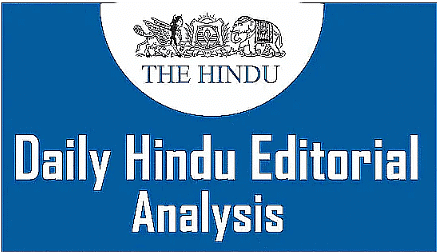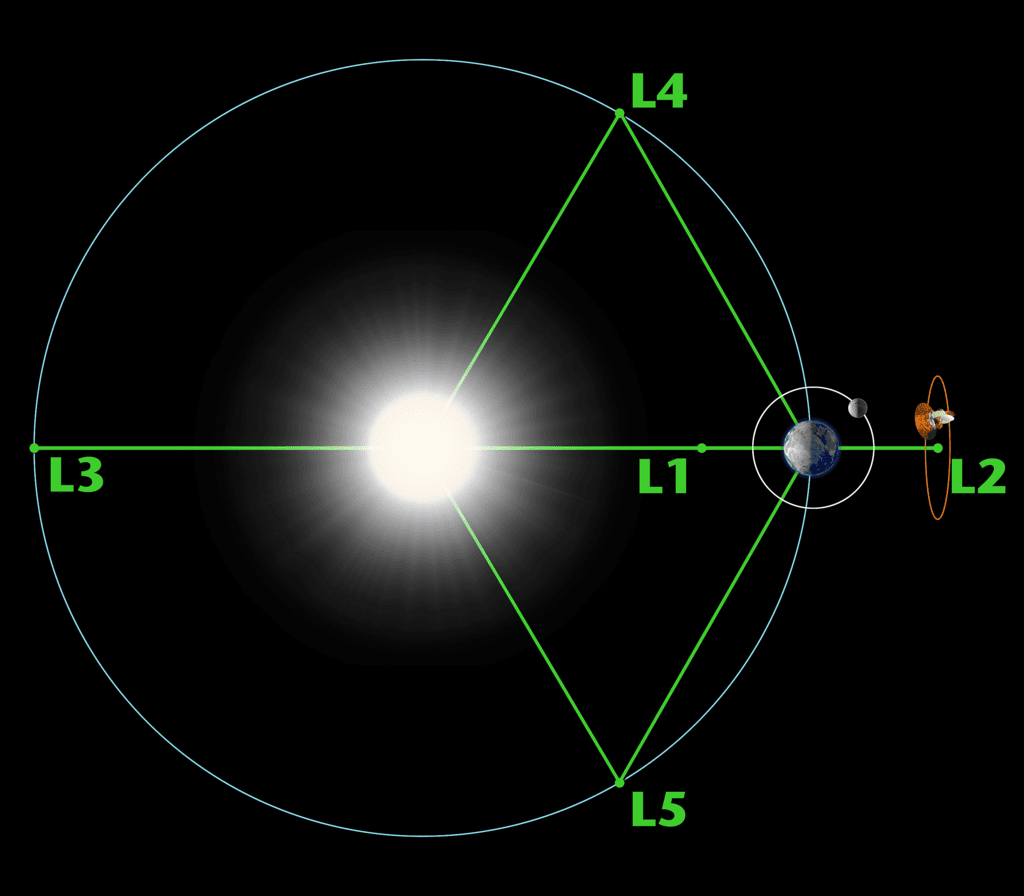UPSC Exam > UPSC Notes > Current Affairs & Hindu Analysis: Daily, Weekly & Monthly > The Hindu Editorial Analysis- 4th September 2023
The Hindu Editorial Analysis- 4th September 2023 | Current Affairs & Hindu Analysis: Daily, Weekly & Monthly - UPSC PDF Download

Onward, sunward
Why in News?
What is Aditya-L1 Mission?Roughly a week after the Indian Space Research Organisation (ISRO) soft-landed a robotic lander and rover on the moon’s south polar region, it launched India’s first space mission dedicated to studying the sun, in the form of a spacecraft named Aditya-L1.
- Launch Vehicle:
- Aditya L1 will be launched using the Polar Satellite Launch Vehicle (PSLV) with 7 payloads (instruments) on board.
- The 7 payloads include:
- VELC
- Solar Ultraviolet Imaging Telescope (SUIT)
- Solar Low Energy X-ray Spectrometer (SoLEXS)
- Aditya Solar wind Particle Experiment (ASPEX)
- High Energy L1 Orbiting X-ray Spectrometer (HEL1OS)
- Plasma Analyser Package for Aditya (PAPA)
- Advanced Tri-axial High Resolution Digital Magnetometers
- Objective:
- Aditya L1 will study the Sun’s corona, Sun's photosphere, chromosphere, solar emissions, solar winds and flares, and Coronal Mass Ejections (CMEs), and will carry out round-the-clock imaging of the Sun.
- The mission will be launched by ISRO to the L1 orbit which is about 1.5 million km from the Earth. The orbit allows Aditya-L1 to look at the Sun continuously.
What is L1?
- L1 refers to Lagrangian/Lagrange Point 1, one of 5 points in the orbital plane of the Earth-Sun system.
- Lagrange Points are positions in space where the gravitational forces of a two-body system like the Sun and Earth produce enhanced regions of attraction and repulsion.
- These can be used by spacecraft to reduce fuel consumption needed to remain in position.
- A Satellite placed in the halo orbit around the L1 has the major advantage of continuously viewing the Sun without any occultation/ eclipses.
- The L1 point is home to the Solar and Heliospheric Observatory Satellite (SOHO), an international collaboration project of National Aeronautics and Space Administration (NASA) and the European Space Agency (ESA).

What are the Features and Significance of VELC Payload?
- Features:
- VELC will be the main payload among seven designed to study various aspects of the sun and is one of the most precise instruments made in India.
- It was conceptualised and designed in 15 years which will help in solving mysteries related to solar astrophysics.
- Significance:
- It will help in studying the temperature, velocity and density of the corona, understand the processes that result in heating of the corona and acceleration of the solar wind, aid studies on drivers of space weather, measure the magnetic field of corona and study the development and origin of coronal mass ejection.
What are the Other Missions to the Sun?
- NASA’s Parker Solar Probe: Aims to trace how energy and heat move through the Sun’s corona and to study the source of the solar wind’s acceleration.
- It is part of NASA’s ‘Living With a Star’ programme that explores different aspects of the Sun-Earth system.
- Helios 2 Solar Probe: The earlier Helios 2 solar probe, a joint venture between NASA and space agency of erstwhile West Germany, went within 43 million km of the Sun’s surface in 1976.
- Solar Orbiter: A joint mission between the ESA and NASA to collect data that will help answer a central question of heliophysics like how the Sun creates and controls the constantly changing space environment throughout the solar system.
- Other Active Spacecraft Monitoring the Sun: Advanced Composition Explorer (ACE), Interface Region Imaging Spectrograph (IRIS), WIND, Hinode, the Solar Dynamics Observatory, and Solar Terrestrial Relations Observatory (STEREO).
The document The Hindu Editorial Analysis- 4th September 2023 | Current Affairs & Hindu Analysis: Daily, Weekly & Monthly - UPSC is a part of the UPSC Course Current Affairs & Hindu Analysis: Daily, Weekly & Monthly.
All you need of UPSC at this link: UPSC
|
38 videos|5293 docs|1118 tests
|
Related Searches
















